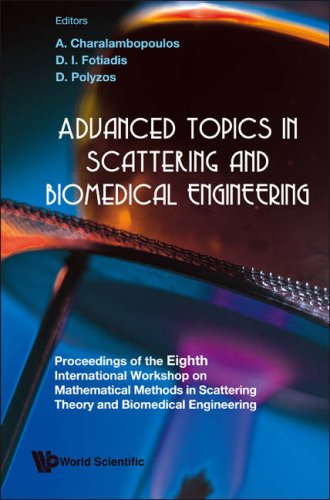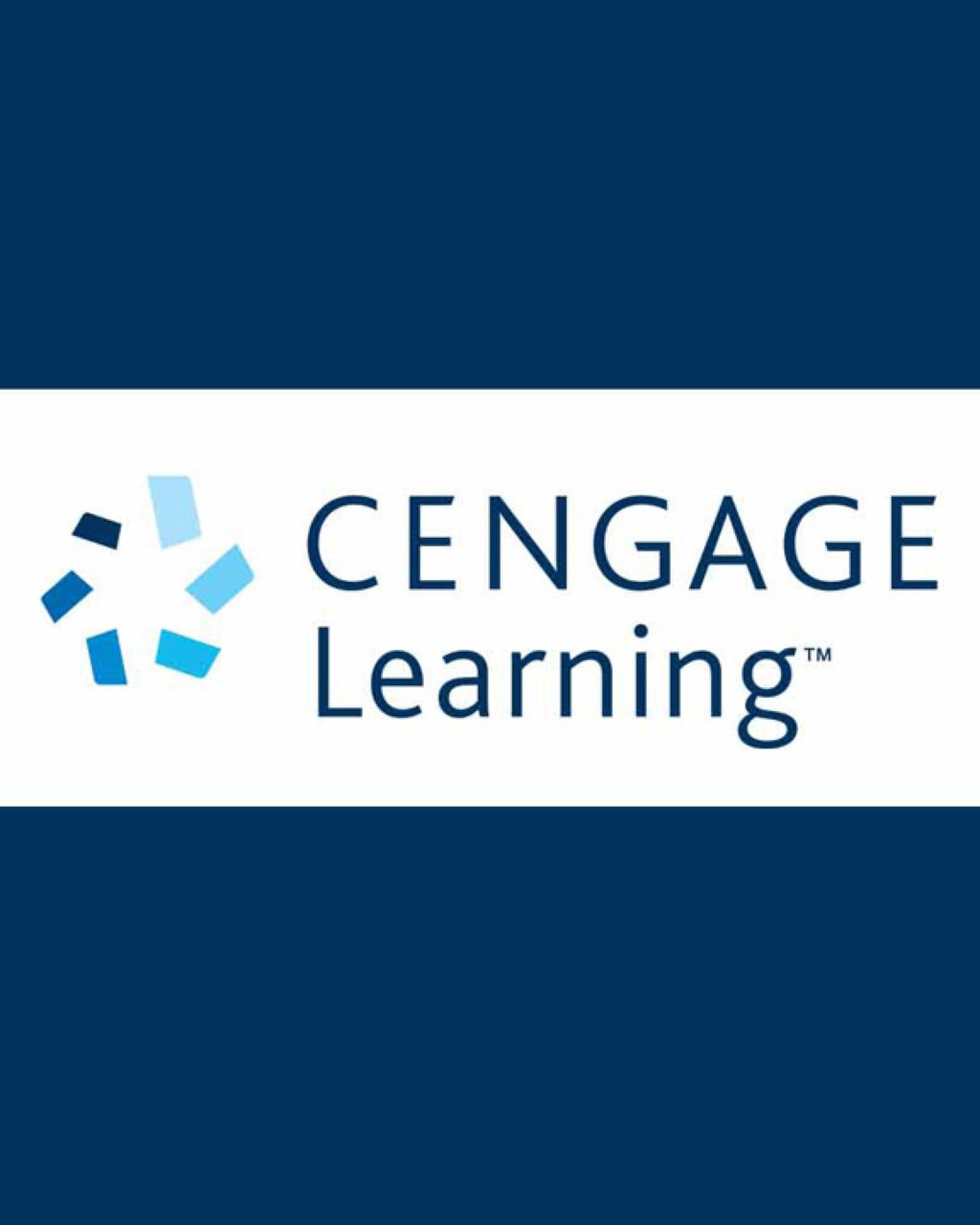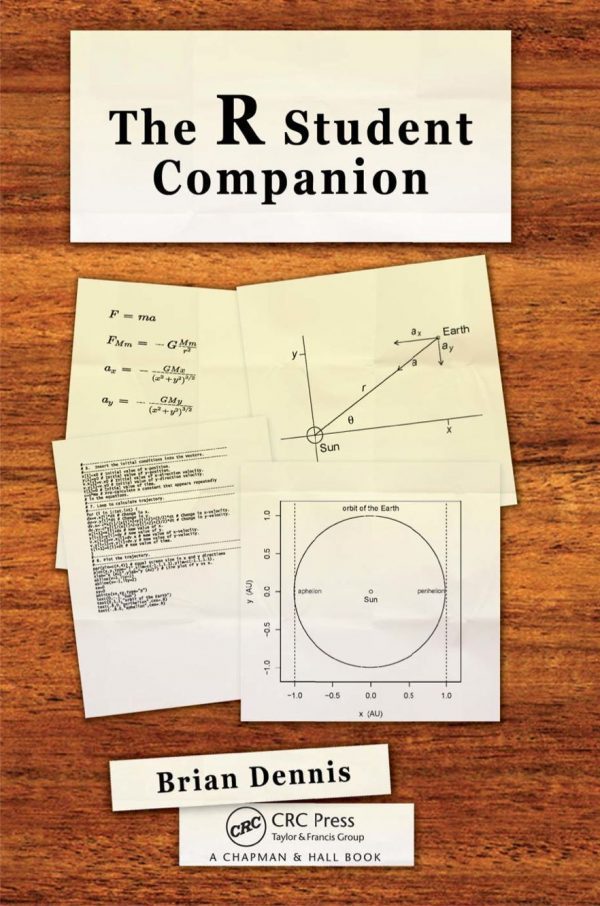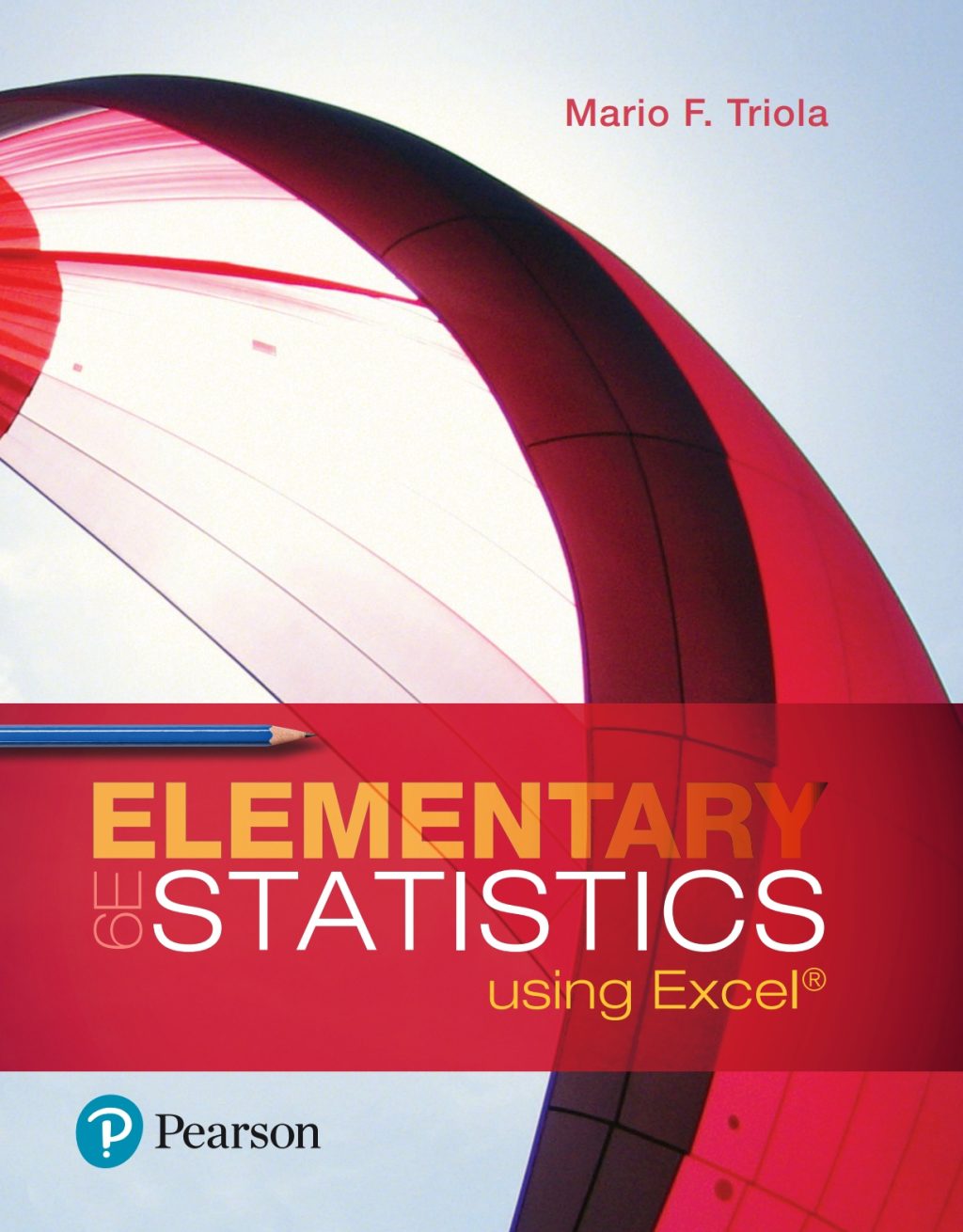A. Charalambopoulos, D. I. Fotiadis, D. Polyzos9789812814845, 9812814841
Table of contents :
Contents……Page 8
Preface……Page 6
Scattering Theory……Page 12
1. Introduction……Page 14
2. Formulation of the problem in RN, N = 2,3……Page 15
3. The 2D case: elastic point-sources……Page 16
4. The scattered field at the point-source……Page 19
5. A simple inverse near-field method for a small disk……Page 20
6. Some comments on the 3D case……Page 21
References……Page 23
1. Introduction……Page 24
2. Mathematical Formulation……Page 25
3. Reciprocity Theorem……Page 28
4. General Radiation Theorem……Page 30
References……Page 31
1. Introduction……Page 32
2. The Model Problem……Page 33
3. Uniqueness Theorems……Page 34
4. The Interior Transmission Problem……Page 35
5. The Determination of D……Page 37
6. The Determination of q……Page 38
7. Estimates for A……Page 39
References……Page 40
1. Introduction……Page 43
2. Theoretical Background……Page 44
3. Numerical Implementation – Results……Page 45
3.2. Convergence Analysis……Page 46
References……Page 48
1. Introduction……Page 49
2. Mathematical formulation of the direct and the inverse problem……Page 50
3. Connection with the factorization method……Page 53
4. Numerical implementation……Page 55
References……Page 56
1. Introduction……Page 58
2. Boundary integral formulation of the direct problem……Page 60
2.1. Uniqueness in the inverse problem……Page 61
2.2. Parameterised boundary operators……Page 62
3.1. The procedure and its numerical implementation……Page 63
3.2. Properties of the linearized far field boundary integral operat or……Page 64
4. Numerical results……Page 65
References……Page 66
1. Introduction……Page 68
2. The Anisotropic Inhomogeneous Medium Problem……Page 69
3. The Inverse Scattering Problem and the Factorization Method……Page 73
References……Page 80
1. Introduction……Page 82
2. BEM treatment of the Problem……Page 84
3. Numerical results……Page 87
References……Page 91
1. Statement of the problem……Page 93
2. Presentation of the results……Page 95
3. Justification of the results……Page 99
References……Page 100
1. Introduction……Page 101
2. Mathematical Modelling……Page 102
4. Numerical Results……Page 106
References……Page 108
1. Introduction……Page 109
2.1. Solution with elliptical-cylindrical wave functions……Page 110
2.2. Solution with circular-cylindrical wave functions only…….Page 113
4. Numerical Results and Discussion……Page 115
References……Page 117
1. Introduction……Page 118
2. Mathematical Formulation……Page 120
3. Spheroidal Harmonic Eigenfunctions and Eigenexpansions……Page 122
4. Spheroidal Low-Frequency Electromagnetic Fields……Page 123
References……Page 125
Applied Mathematics / Scientific Computing……Page 126
1. Stokes Flow in Spheroidal Coordinates……Page 128
2. Irrotational Green’s Function……Page 130
3. Rotational Green’s Function……Page 132
References……Page 133
1. Introduction……Page 135
2. Formulation of the Problem……Page 136
3. The Solution……Page 139
References……Page 143
1. Introduction……Page 144
2. Nanotubes microstructure……Page 145
3. Finite leement formulation……Page 146
4. Results and Discussion……Page 147
References……Page 151
1. Introduction……Page 152
2. Statement of the problem……Page 153
3. The exterior and the interior electric potential……Page 154
4. The exterior magnetic field……Page 155
5. Comparison with the homogenous model……Page 158
References……Page 159
1. Introduction……Page 161
3. The solution of the problem when system (1) is controllable……Page 163
4. Numerical Example……Page 168
5. Conclusions……Page 170
References……Page 171
1. Introduction……Page 173
2. BEM formulation for harmonic gradient elastic problems……Page 175
3. Numerical determination of dispersion curves in gradient elastic waveguides and time-frequency analysis……Page 177
4. Numerical results……Page 179
5. Conclusions……Page 180
References……Page 181
1. Introduction……Page 182
2. The deterministic model……Page 184
3. The stochastic model……Page 187
References……Page 189
1. Introduction……Page 191
2. Experimental details……Page 192
3. Boundary Element Method simulation……Page 193
4.1 Relation of amplitude to empty slot depth……Page 195
5. Conclusion……Page 197
References……Page 198
1.1. The classic theory……Page 199
1.2. The new method……Page 200
2. The numerical solution of the Dirichlet to Neumann map for Laplace’s equation in a convex polygon……Page 203
References……Page 206
Biomedical Engineering……Page 208
Thalassemia’s Social and Economic Geography: A Possible Prevention / Treatment Program to Rout “Legacy” Genetic Mutations. ……………. A. Akay, A. Dragomir, A. Yardimci, D. Canatan, A. Yesilipek and B. Pogue……Page 210
1.1. i-Thulussemiu, Methods and History……Page 211
2.1. Data Analysis……Page 212
2.2. Self Organizing Map……Page 213
3. Methodology……Page 214
3.2. Group II (29 respondents)……Page 217
3.3. Group III (36 respondents)……Page 218
3.5. Group V (29 respondents)……Page 219
4. Discussion and Conclusion……Page 220
References……Page 221
1. Introduction……Page 222
2.1. Simulation of osteoporosis……Page 223
2.3. Image analysis and trabecular thickness estimation……Page 224
3. Results……Page 225
3. Discussion……Page 227
References……Page 228
1. Introduction……Page 229
2. Pulse oximetry……Page 230
2.1. Beer-Lambert’s Law in Pulse Oximetry……Page 231
3. Estimation of Sa02 from multiple wavelengths light……Page 232
4. Estimation of extinction coefficients……Page 233
5. Design Overview……Page 234
References……Page 236
The Use of Derivative Dynamic Time Warping in Ant Colony Inspired Clustering M. Bursa and L. Lhotska……Page 237
1. Introduction……Page 238
2.1. Metrics Considered……Page 239
2.1.1. Dynamic Time Warping Metrics……Page 240
2.3. Nature inspired methods in clustering……Page 241
4. Results……Page 242
5. Conclusion and Discussion……Page 243
References……Page 244
Improved Ant Colony Inspired Algorithms in Biomedical Data Processing M. Bursa, L. Lhotska and H. Huptych……Page 245
1.2. Electroencephalogram……Page 246
2.1. Ant colony methods for data clustering……Page 247
2.2.1. Decision Tree Construction……Page 248
2.2.2. Decision Tree Evaluation……Page 249
2.2.4. Tree Optimization……Page 250
4. Conclusion……Page 251
References……Page 252
1. Introduction……Page 253
2.3. Features……Page 255
3. Rule-based decision tree……Page 257
4.2. Basic notions……Page 258
4.3. Fuzzy RBDT……Page 260
5. Diagnosis……Page 261
References……Page 263
1. Introduction……Page 265
2.1. The Nutrient Concentration Problem……Page 267
2.2. The Pressure Field Problem……Page 268
3. Reduction to the Spherical Model……Page 270
References……Page 271
1. Introduction……Page 272
2. Clinical Decision Support using Clinicogenomic Profiles……Page 273
2.2. Description of the system……Page 274
2.2.1. Data Processing……Page 275
2.3 Application to colon cancer……Page 276
Acknowledgments…….Page 278
References……Page 279
Multiscale Modeling of Thrombosis by Finite Element (FE) and Dissipative Particle Dynamics (DPD) in the Large Arteries N. Filipovic, M. Kojic and A . Tsuda……Page 280
1. Introduction……Page 281
2.1. Differential equations of motion according to DPD method……Page 282
2.2. Solving of Navier-Stokes equations using finite element method……Page 284
2.3. Coupling the DPD and finite element Navier-Stokes equations……Page 285
2.4. Boundary conditions between the FE andfine (meso) scale domains……Page 286
3.1. Example I : Poiseuilleflow between two parallel plates……Page 287
3.2. Example 2: Computer modeling of platelet deposition in a perfusion chamber……Page 288
4. Discussion and Conclusions……Page 290
References……Page 291
1. Introduction……Page 292
2.2. Discrete Wavelet Transform……Page 293
2.4. Filtering Representation……Page 294
3. Feature Extraction……Page 295
4. Support Vector Machine……Page 297
5. Experimental results – Discussion……Page 298
References……Page 299
Automatic Search of Individual Signal Complexes in Complex Fractionated Atrial Electrograms Using Wavelet Transform. V. Kremen and L. Lhotska……Page 300
1. Use of automatic evaluation of fibrillation electrograms……Page 301
3. Used dataset of A-EGMs……Page 302
4. Signal preprocessing……Page 303
5. Method for automatic search of signal complexes……Page 304
7. Discussion……Page 305
References……Page 306
Using PSO Algorithm to Optimize Parameters of Time – Domain Method for Complex Fractionated Atrial Electrograms Evaluation V. Kremen, L.Lhotska and M. Macas……Page 308
3.1. Basic method for automatic evaluation of level of fractionation……Page 309
4.1. Problem Formulation……Page 310
4.2. Particle Swarm Optimization……Page 311
4.4. Constraint Handling……Page 312
5. Results……Page 313
6. Conclusion……Page 314
References……Page 315
Mathematical Modelling of Avascular and Vascular Tumour Growth. P.F. Jones and B.D. Sleeman……Page 316
1. Introduction to Tumour Biology……Page 317
2. Avascular tumour growth……Page 321
3. Radial Symmetry……Page 325
3.1. Examples……Page 326
3.1.1. Unifom growth……Page 327
4. Stability of Tumour Growth……Page 328
5. Mathematical Modelling the Biochemistry of Angiogenesis……Page 330
6. Cell movement and Reinforced random walks……Page 333
7. Non-Lattice Models……Page 336
8. Conclusions……Page 340
References……Page 341
1. Introduction……Page 343
2. Traditional Techniques of Information Retrieval……Page 344
3. Pattern Recognition-Based Information Retrieval……Page 345
4.2. Shape……Page 347
4.2.2. Hus moment invariants……Page 348
References……Page 349
1. Introduction……Page 351
2. Materials and Methods……Page 352
2.2. Fuqyfication of the crisp model……Page 353
2.3. Parameter optimization……Page 354
3. Results……Page 355
4. Discussion and conclusions……Page 356
References……Page 358
1. Introduction……Page 359
2. The System Developed……Page 360
3. Using The Clustering Algorithm……Page 362
4. Evaluating Results……Page 364
References……Page 366
1. Introduction……Page 367
2. General architecture of Mobile Medical Persona Author……Page 369
3. Overview of the system……Page 370
4. ControIling the tutoring personas……Page 371
References……Page 374
1. Introduction……Page 375
2. Extraction of finger veins……Page 377
3. Experimental Results……Page 380
4. Conclusions……Page 381
References……Page 382
1. Introduction……Page 383
2. Algorithm Description……Page 385
3. Experimental results……Page 389
References……Page 390
1. Introduction……Page 391
2. The Peripheral Distortion of the Arterial Pulse……Page 392
3. The Mathematical Model……Page 393
4. Results and Discussion……Page 397
References……Page 398
Author Index……Page 400







Reviews
There are no reviews yet.